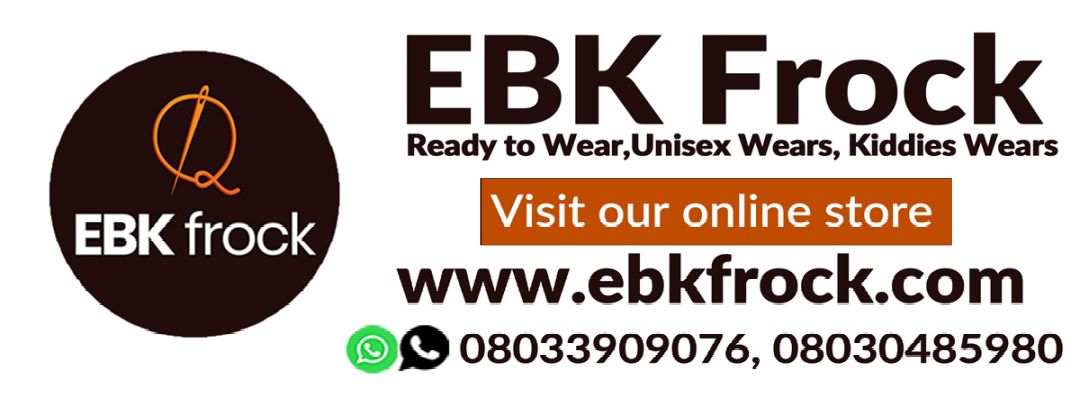First of all, I would like to thank the Sahel and West Africa Club, the European Union and the Global Network Against Food Crises for inviting me to participate in this high-level meeting. It is a great pleasure for me to take the floor during this meeting to discuss with you the important issue of food and nutritional crises in the Sahel and Lake Chad regions, but above all to consider with you the actions to be implemented to deal with it immediately and remedy it in the long term.
Ladies and gentlemen ;
In the Sahel and West Africa, the 2021 rainy season was marked by pockets of drought lasting 10 to 15 days in June and July which had a negative impact on crop development in many parts of the region ( Nigeria, Niger, Burkina Faso, Cameroon, and Mali) and a sudden stoppage of rainfall in late August-early September, which along with pest infestations compromised harvests. In addition, the floods observed during the month of August also compromised late plantings in several areas of the Sahel, particularly in northeastern Nigeria. Finally, in areas plagued by insecurity, the inaccessibility of fields and the destruction of crops have aggravated the situation. Thus, according to the results of the Harmonized Framework,
On the pastoral level, the 2021 rainy season was much less productive than that of 2020, which had been marked by exceptional biomass production in most countries of the Sahelian strip. The significant fodder deficits in Niger, Mauritania and North-West Mali herald an early and longer pastoral lean season than during the past year. It should also be noted that pastoral households, in addition to the inaccessibility of pastures in certain areas due to insecurity, face the looting of livestock, the rise in grain prices with terms of trade that do not are unfavourable, to the high prices of livestock feed and the closure of livestock markets in several localities.
Ladies and gentlemen,
The upcoming lean season in West Africa and the Sahel promises to be difficult, with a dramatic increase in the number of people who will need emergency food and nutrition assistance. Indeed, as indicated in the terms of reference of this meeting, nearly 34 million people will be threatened by hunger and malnutrition if appropriate measures are not taken by the 2022 lean season. This figure is three times higher than estimates from four years ago.
This situation is exacerbated by the persistence of insecurity and armed conflicts which continue to lead to massive population movements in the region. As of October 31, 2021, 2,136,818 IDPs are registered in the Central Sahel and Liptako-Gourma, and 5,417,841 IDPs in the Lake Chad Basin (IOM, October 2021) which further affects access livelihoods, basic social services (schools, health and water), transhumance, trade and other vital activities.
Ladies and gentlemen
To be more precise, in Niger for example, it is estimated that 4,402,000 people will be in severe food insecurity during the lean season (July-August), i.e. approximately 20% of the total population and the overall rate of acute malnutrition will be 12 .5% and that of severe malnutrition at 2.7%, exceeding the emergency thresholds set by the WHO, which are 10% and 2% respectively. It is in such a context that Niger must also take care of more internally displaced persons and nearly 250,000 refugees.
Similarly, in Mali, 7.5 million people, or a third of the population, need humanitarian aid. The situation in Mauritania is equally alarming, with an increase in food insecure people estimated at 661,000 people in 2022, or 15% of the population.
Ladies and gentlemen
It is therefore urgent to act to avoid the food crisis that is looming. I appeal to the Sahelian and West African countries, to our sub-regional organizations (UMEOA, ECOWAS and CILSS) and to the international community to significantly and urgently increase their funding. Indeed, there is an urgent need for the necessary resources to ensure a rapid and effective response that saves lives and protects the livelihoods of the most vulnerable people, encompassing food, livelihoods, nutrition and health.
I am launching this appeal with all the more concern as I note that despite the increase in needs in the region, funding for humanitarian response plans has been in constant decline since 2012 and that all the countries concerned are finishing the year 2021. having funded barely half of their humanitarian response plans. Niger’s 2021 response plan, for example, was only 42% funded at the end of the year.
Ladies and gentlemen
People in crisis have both short-term humanitarian assistance needs and structural development needs.
Protracted crises have exacerbated humanitarian needs and negatively impacted development gains. Also, beyond emergency interventions, it is imperative that the Sahelian countries, as well as the international community, strengthen their support for development efforts, in particular with multi-annual and flexible funding , to address the root causes of vulnerability to food and nutrition insecurity in the region. This should be reflected in the contribution of partners, which should be based on national priorities, as well as engagement in joint initiatives, prioritizing a multi-year, multi-sectoral and context-specific approach. To this end, I would like to highlight the ongoing efforts through the implementation of the roadmap of the Global Alliance for Resilience (AGIR) in the Sahel and in West Africa, which have enabled several countries including Niger with the Strategy of the 3N Initiative, to harmonize food and nutritional security and resilience policies and strategies.
Ladies and gentlemen
Disasters caused by natural hazards and conflicts pose a significant threat to sustainable development and peace. Furthermore, it has been demonstrated that, in crisis situations, the sequential approach is not an appropriate solution, and that humanitarian actions, combined with development actions, are more effective. Thus, in the context of conflicts and protracted crises in the Sahel, the Nexus approach that links humanitarian aid, development and peacebuilding is relevant. Indeed, this approach makes it possible to ensure coherence, complementarity and collaboration at all levels of the humanitarian action-development-peace interface in order to reduce needs,
Ladies and gentlemen
Before concluding, I would like to see with you that the complementarity and synergy of actions are taking shape. It is now a question, and all of us together, of committing ourselves resolutely to action. In this regard, I welcome the holding of this consultation which will allow the necessary strengthening of advocacy and the essential mobilization of resources in favor of peace and the response to the immediate needs and resilience of the populations. For my part, I can assure you of my full availability to accompany you in this salutary enterprise.
●ABOVE IS A SPEECH BY HE MOHAMED BAZOUM, PRESIDENT OF THE REPUBLIC, HEAD OF STATE HIGH-LEVEL MEETING “Food and nutrition crises in the Sahel and Lake Chad regions”



